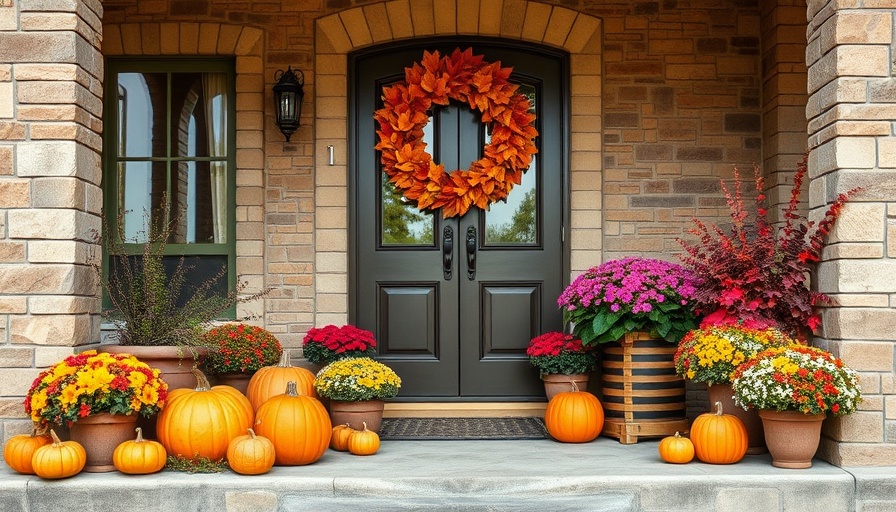
Unlock the Secrets to Tool Organization
For DIY enthusiasts, a well-organized toolbox is just as crucial as the tools themselves. Efficiency in any home improvement project begins with having easy access to the right tools when you need them, which is why knowing clever storage hacks is essential. If you’re tired of rummaging through disorganized piles of equipment, these innovative storage solutions can revolutionize the way you work.
Creative Ways to Store Your Tools
1. Garden Tool Storage Cubby: Prevent garden tools from cluttering your workspace by creating a DIY cubby. This approach allows you to keep everything in one easily accessible location, ensuring you can focus on your gardening tasks instead of searching for tools.
2. Panpipe Tool Storage: Embrace your practical side with this ingenious storage hack. By using PVC pipes, you can build a Panpipe-like storage system for small tools that usually get lost in the shuffle. This creative construction is fun, and it ensures that your chisels, files, and hobby knives have a designated home.
3. Behind the Door Storage: Tool-Apron Storage: A simple modification to tool aprons results in a highly functional storage solution. Customize pocket sizes to fit different items and mount the aprons on the back of doors, making the most of vertical space in your workshop.
Tools in Their Place: The Long-Handled Tools Rack
This compact rack design can store up to 14 long-handled tools, including shovels and rakes. By keeping these tools off the floor and organized, you free up valuable real estate in your garage or shed. The DIY aspect of building this can be satisfying as well as practical.
Innovative Air Tool Station
Consider creating an air tool station using a simple 2-1/2-gallon bucket. Not only does this solution keep your air tools organized, but it also provides easy access to hoses and accessories, right where you need them. This idea illustrates that smart storage doesn’t have to involve a complex build.
PVC Storage Hangars for Specialty Tools
PVC pipe is an unsung hero in tool storage. A simple modification allows it to become practical hangars for levels and glue clamps, addressing the needs of not just artisans but homeowners as well.
The Flip-Through Storage Rack: A Space Saver
With minimal wall space often an issue, this flip-through storage rack maximizes vertical storage. It's an engaging approach that allows users to browse their tools as casually as flipping through a magazine, increasing accessibility without compromising on style.
Future-Proofing Your Tool Organization
Understanding the importance of organization not only improves productivity but also encourages better maintenance habits. As your tool collection grows, implementing these hacks can save time and frustration, making DIY projects a more enjoyable experience. Ensuring that each item is stored properly reduces the risk of damage and promotes safety, as tools are stored where they belong, reducing tripping hazards for homeowners.
Actionable Insights for Your DIY Journey
Ready to take your tool organization to the next level? Begin by assessing the tools you own and think about how these storage ideas could work in your space. Start one hack at a time, and before you know it, you’ll have a streamlined setup that makes every project easier. Your future DIY endeavors will thank you!
For more DIY projects and handyman tips that simplify home maintenance and repair, continue exploring our resources. Remember, the first step is always to get your tools organized—once that’s in place, there’s no limit to what you can create!
 Add Row
Add Row  Add
Add 



Write A Comment